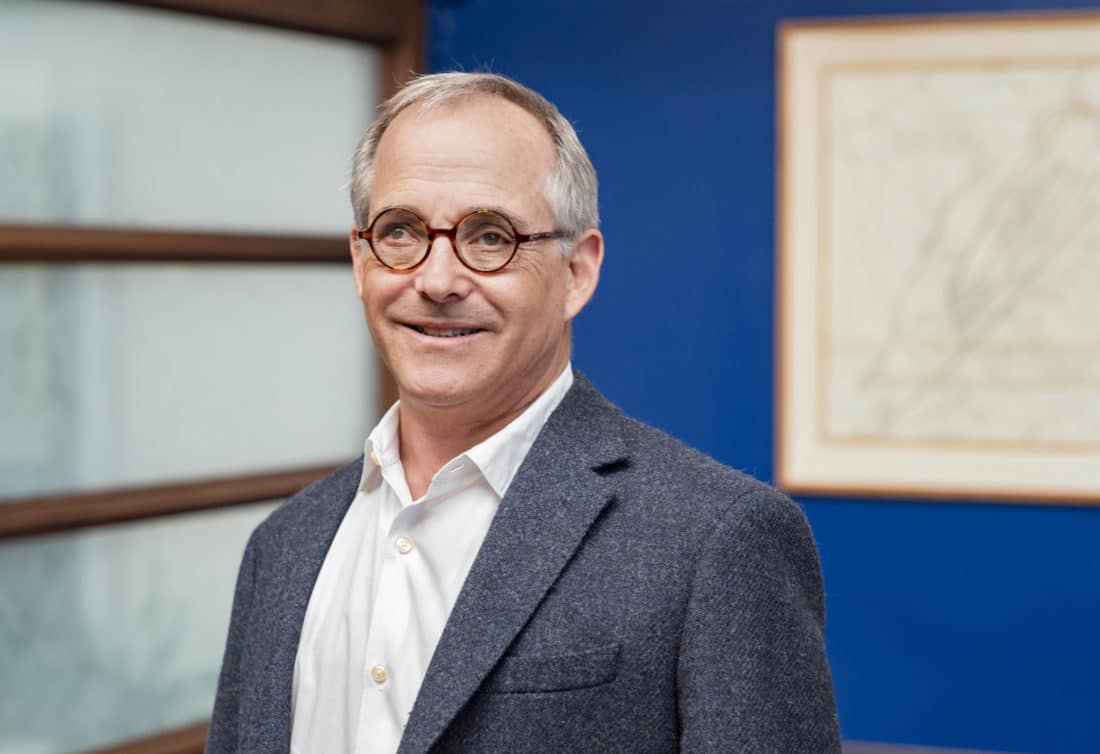Five years of consumer behavior evolution took place in five minutes.
Dick Wechsler is the CEO of Lockard & Wechsler Direct, a full-service, fully integrated performance marketing agency providing robust media and creative capabilities. He founded LWD because he always wanted to work for himself, “and I jumped off the cliff.”
In this episode of Velocitize Talks, Wechsler shares his insights on media advertising, streaming video, attention spans and consumer behavior.
Full Stream Ahead (1:46)
We don’t really think of it as linear; we think of it as video.
Linear TV, otherwise known as traditional TV, includes major and cable networks. A streaming over-the-top (OTT) platform, on the other hand, effectively bypasses traditional TV providers. This helps reach consumers directly, such as Hulu and Netflix, albeit to a more limited audience.
A recent study from AudienceProject found that 80% of Americans stream, and almost one-third don’t watch traditional TV at all. This changing viewing trend must be accounted for in any media plan. According to statistics from Majority Strategies, OTT livestreaming is expected to surpass 200 million users each month. For instance, even Wechsler’s son doesn’t watch regular ESPN; he watches ESPN GO.
That said, a couple of LWD’s core capabilities include media buys and TV advertising. (Their clients include such top networks as A&E and CBS Paramount.) According to Wechsler, everyone in the broadcast industry is rushing to launch their own OTT media advertising platforms. “They need to generate more impressions than they are currently able to deliver.”
Keep it Local: Media Advertising (2:59)
Undervalued media always has an opportunity to resurface and local media went through a really tough time. It was constrained by the way local cable was sold; it was constrained by the way local broadcast is programmed.
The Covid-19 pandemic hit local media especially hard in 2020. As a result, local cable was sold and constrained by traditional programming. Even prior to the pandemic, local broadcast media was struggling to adjust their media plans. The media had to adapt in the face of streaming platforms, limited resources, and changing viewer behaviors. However, as Wechsler notes, undervalued media always has an opportunity to resurface.
Recently LWD partnered with Nielsen as their service for Local TV Measurement solutions across all market areas. Nielsen, the independent local TV measurement provider, measures user activity and engagement across platforms, from everything from TV to smartphones.
“Local media is now the delta in pricing between local and national,” Wechsler says. “It has shrunk significantly so we’re able to purchase it at the right price. As a result, it’s becoming a major part of almost every campaign that we manage.”
A Matter of Seconds? (4:58)
If people are interested in something, they will consume as much information about the topic of interest as they possibly can.
According to Wechsler, “The biggest mistake that advertising has made is shortening the message and not delivering a complete communication to individuals.”
The general (and somewhat disproven) consensus within marketing is that the average attention span is something like eight seconds; but Wechsler isn’t buying it (and he’s not alone). Five seconds, for example, would be an impossible timeframe to effectively communicate any sales proposition. Thirty seconds is less difficult, 60 seconds is easier, and two minutes is much easier, he says.
So using that model, response rates would grow arithmetically as you move from 15 to 30 to 60 to 120. You may be paying four times as much for two minutes, but you’ll see potentially 10 times the response rate. Above all, it’s about engaging your audience and driving qualified traffic back to the site.
The Covid Retail Experience (7:14)
Retailers will respond and they will improve the store experience. They will improve the way that they interact with the consumer, and they will make it a more meaningful experience. They will survive.
As Covid continues to impact consumer behavior, new shopping habits and personas have emerged—and are likely here to stay. As for in-store retail shopping, however, certain financial, health and safety concerns remain. Findings from the EY Future Consumer Index indicate that one-third of consumers are now reappraising what they value most; more than a quarter plan to pay more attention to what they consume.
LWD has partnered with Burlington Stores to handle all of the retailer’s offline media planning across television, radio, and print. In addition, the brick-and-mortar store has made a conscious decision to focus their efforts solely on the retail space. In 2019 Burlington Stores spent $47 million on measured media.
Tear Down Those Silos (8:34)
The agency that wins is the agency that rips down the silos and approaches marketing in a channel agnostic way.
The typical company infrastructure is organized around silos—the marketing team, the digital team, the print team, the content team. This subsequently leads to less collaboration, duplication of effort, and uneven consistency in messaging. MarketingWeek, for example, refers to data silos as the enemy of effective marketing. Working in silos can also negatively impact a company’s omnichannel marketing strategy to provide a seamless customer experience.
At the end of the day, “it’s one channel, one consumer,” Wechsler says.
To learn more about Lockard & Wechsler Direct, visit their website. Follow LWD on LinkedIn, Facebook, and Instagram. To keep up with Dick Wechsler, follow him on LinkedIn.
